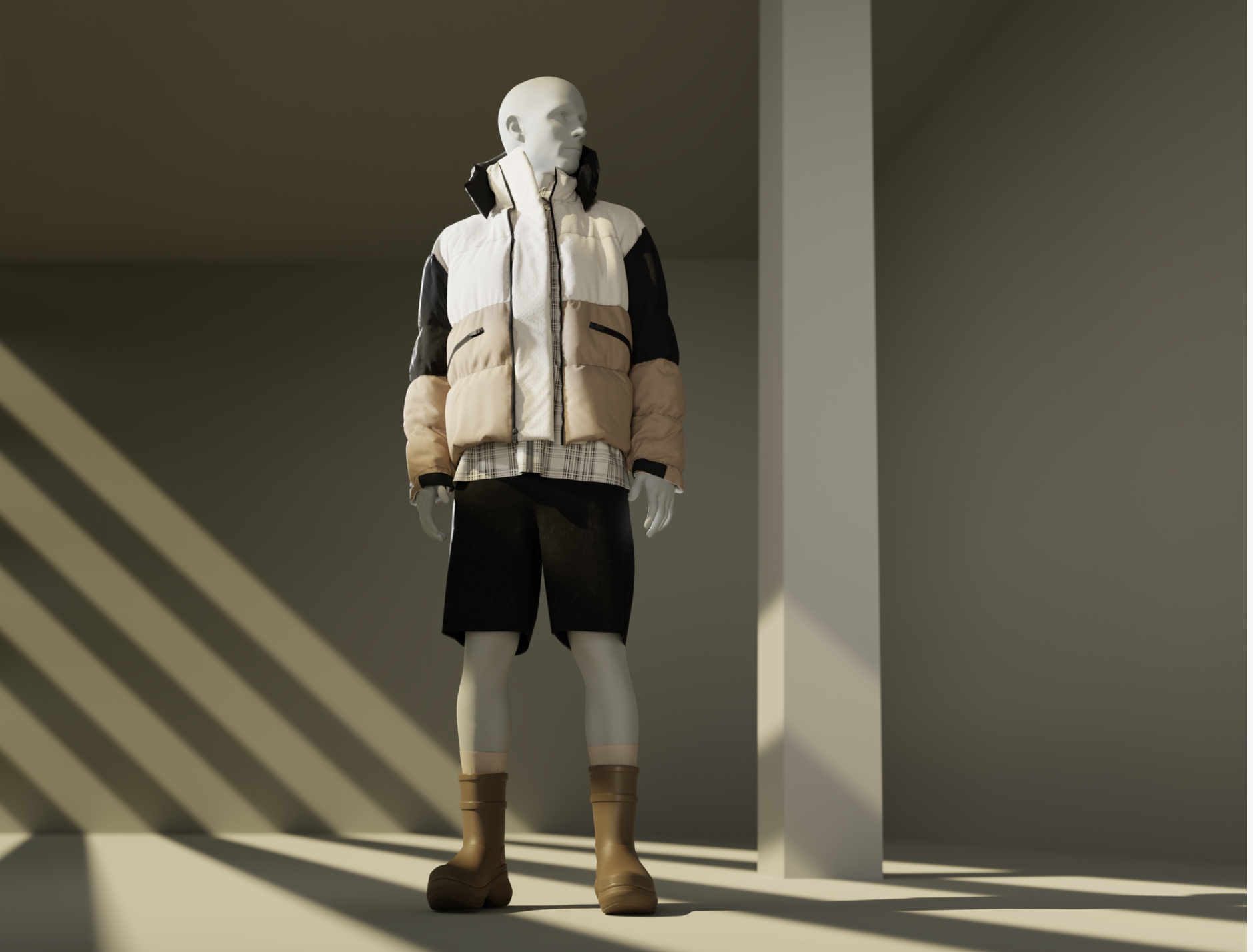AI Moves From Possibility to Practice: Key Takeaways from The Interline’s AI Application Era Session
Dive into the insights from The Interline’s AI Application Era Session where Browzwear leaders discuss the importance of AI in digital product...
October 1, 2023

In an industry defined by rapid trends and evolving consumer preferences, innovation is paramount. Traditional garment prototyping has long been the standard, but advancements in technology are revolutionizing the fashion landscape. Digital garment prototyping offers a myriad of benefits over traditional methods, streamlining the design process, enhancing creativity, and promoting sustainability.
As the fashion industry embraces digital transformation, digital prototyping is proving to be a game-changer, promising a more efficient, creative, and eco-friendly future. Let's explore how this innovative approach represents the future of fashion.
Digital garment prototyping saves time and resources by quickly turning design ideas into reality. With physical sampling, designers often go through multiple iterations, creating numerous prototypes before finalizing a design. This iterative process can be time-consuming and costly, especially when considering the materials, labor, and transportation involved.
Digital garment prototyping allows designers to view and make changes to their designs in a virtual environment. This reduces the necessity for creating physical samples. This not only accelerates the design process but also minimizes waste and environmental impact—a crucial consideration in today's sustainable fashion landscape.

Moreover, digital garment prototyping offers unparalleled flexibility and creative freedom. Designers can instantly experiment with different colors, textures, and patterns.
They can see how their 3D garments look without needing to create multiple physical samples, which allows them to make decisions more efficiently and effectively. This rapid iteration enables designers to explore a wider range of design possibilities and iterate more quickly, resulting in more innovative and market-responsive collections.
Another key benefit of digital garment prototyping is enhanced collaboration and communication across the supply chain. Browzwear's Stylezone platform allows designers, pattern makers, and manufacturers to share and review 3D designs easily. This helps improve communication and alignment during production. This transparent and efficient workflow minimizes errors and miscommunication, leading to smoother production cycles and faster time-to-market.
Digital garment prototyping helps brands create clothing that fits better by providing insights on fit and sizing for their customers. Designers can use these realistic 3D to visualize how clothes fit on various body shapes. This helps them in making improvements to the fit and sizing before creating physical samples.
By leveraging 3D fashion design software, designers can ensure that the clothing will look good on different body types. This can save time and resources by avoiding the need to make multiple physical samples. This proactive approach improves customer satisfaction and reduces the likelihood of costly returns and exchanges—a significant concern for e-commerce-driven brands.

In addition to these practical benefits, digital garment prototyping aligns with the broader digital transformation taking place across the fashion industry. As consumers increasingly demand personalized and immersive shopping experiences, brands that embrace digital innovation are better positioned to meet these evolving expectations.
By leveraging 3D visualization and virtual try-on technologies, brands can create engaging digital experiences that enhance customer engagement and drive sales both online and in-store.
The benefits of digital garment prototyping are undeniable. From speeding up the design process and reducing costs to fostering creativity and sustainability, innovative 3D solutions are reshaping how fashion is designed, produced, and consumed. As technology continues to evolve, it's clear that digital garment prototyping is not just a passing trend but rather the future of fashion. So, is digital garment prototyping the future of fashion? The answer is yes!
Dive into the insights from The Interline’s AI Application Era Session where Browzwear leaders discuss the importance of AI in digital product...
Browzwear Night at FIT brought industry leaders together to explore how digital transformation, AI, and automation are reshaping the future of...
Discover how 3D fashion design transforms the industry with enhanced sustainability, efficiency, fit accuracy, customization, and innovation.